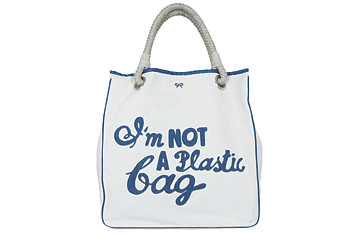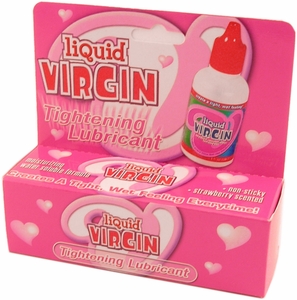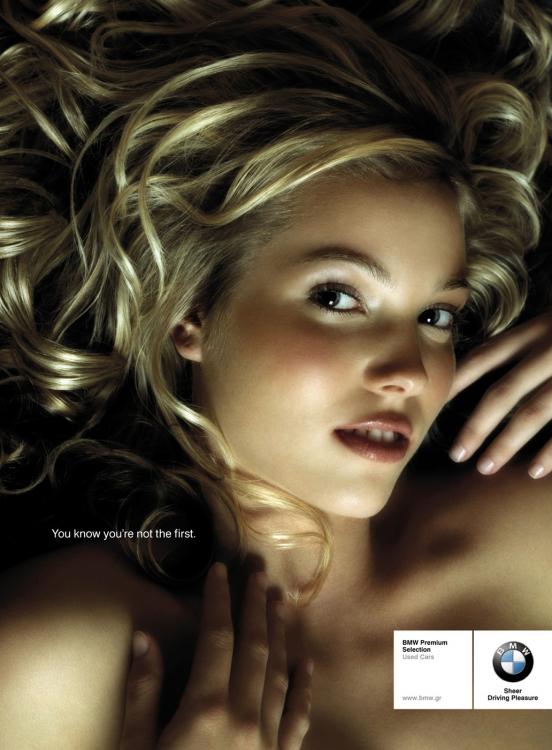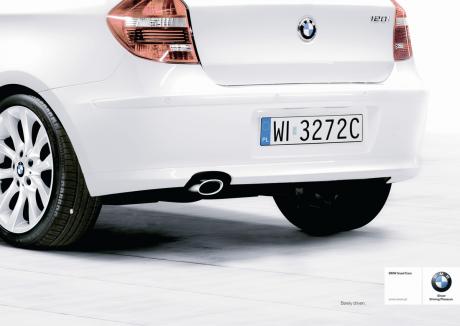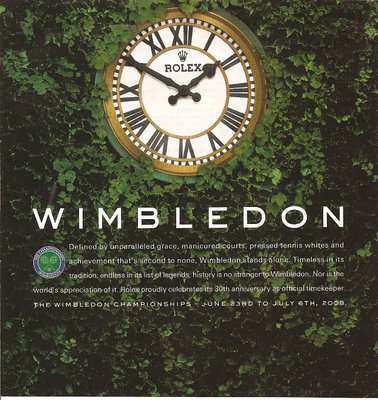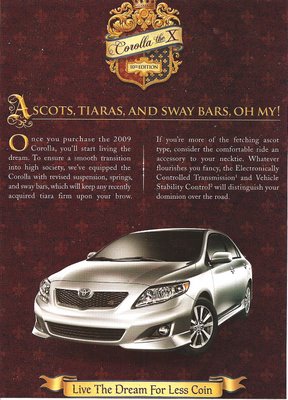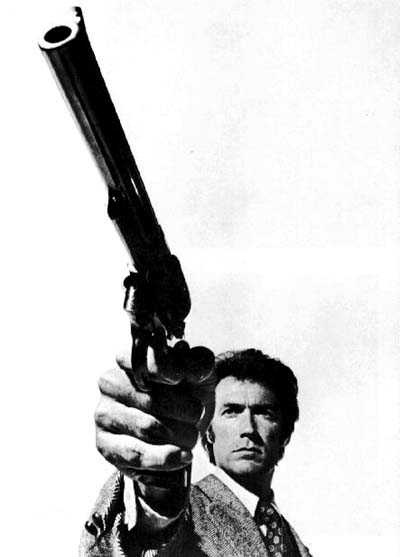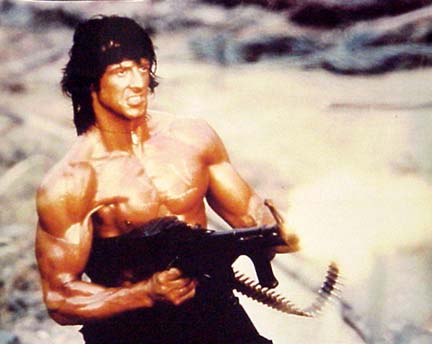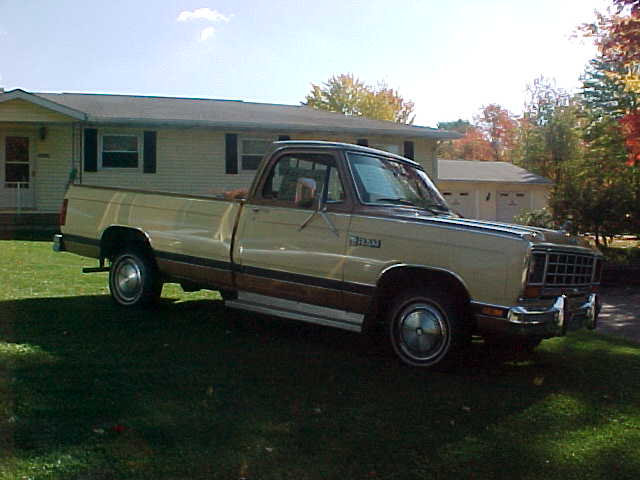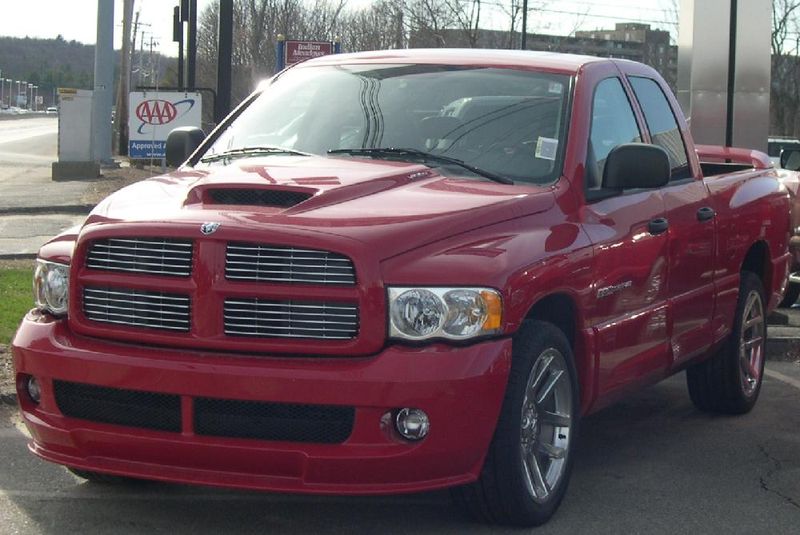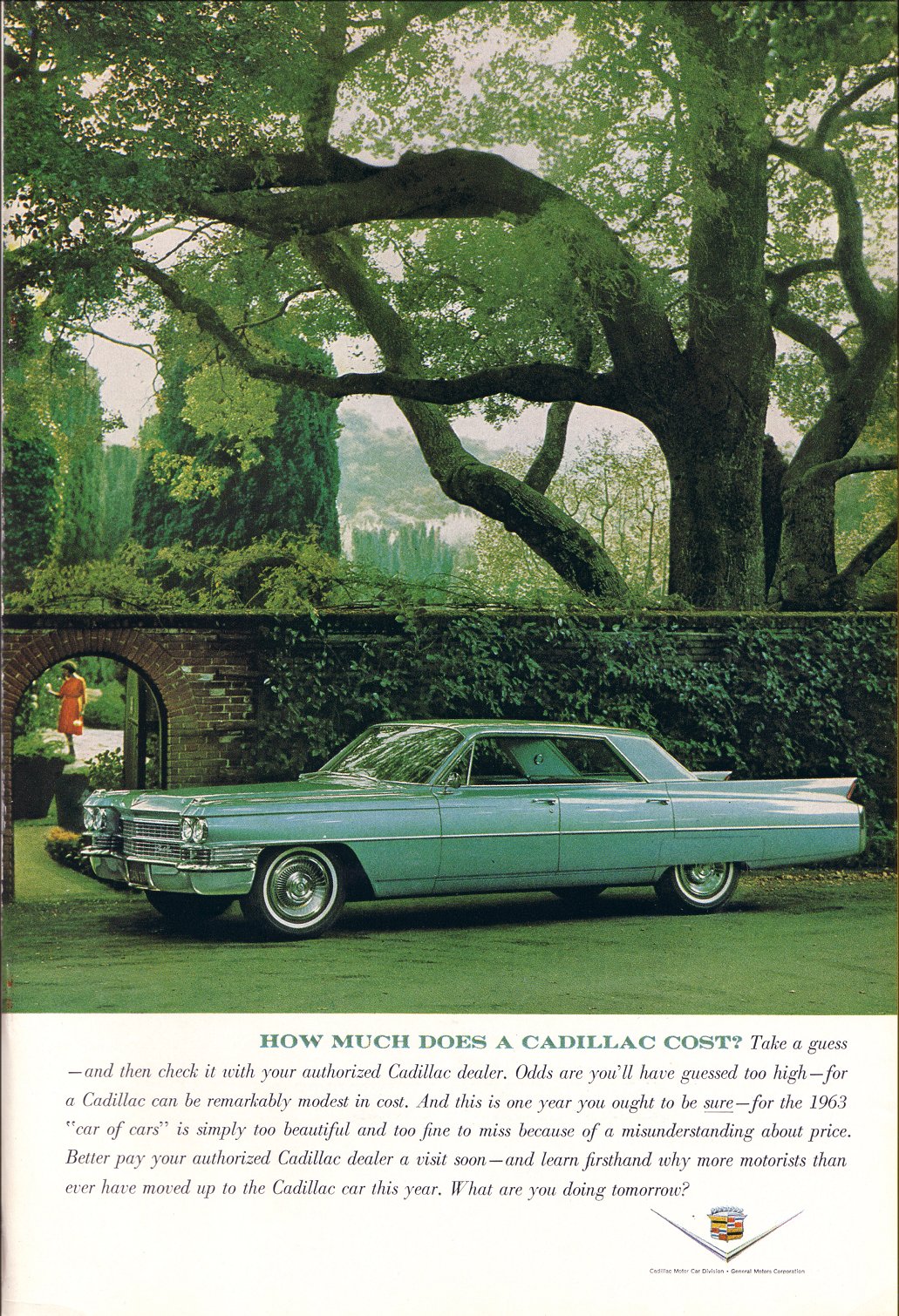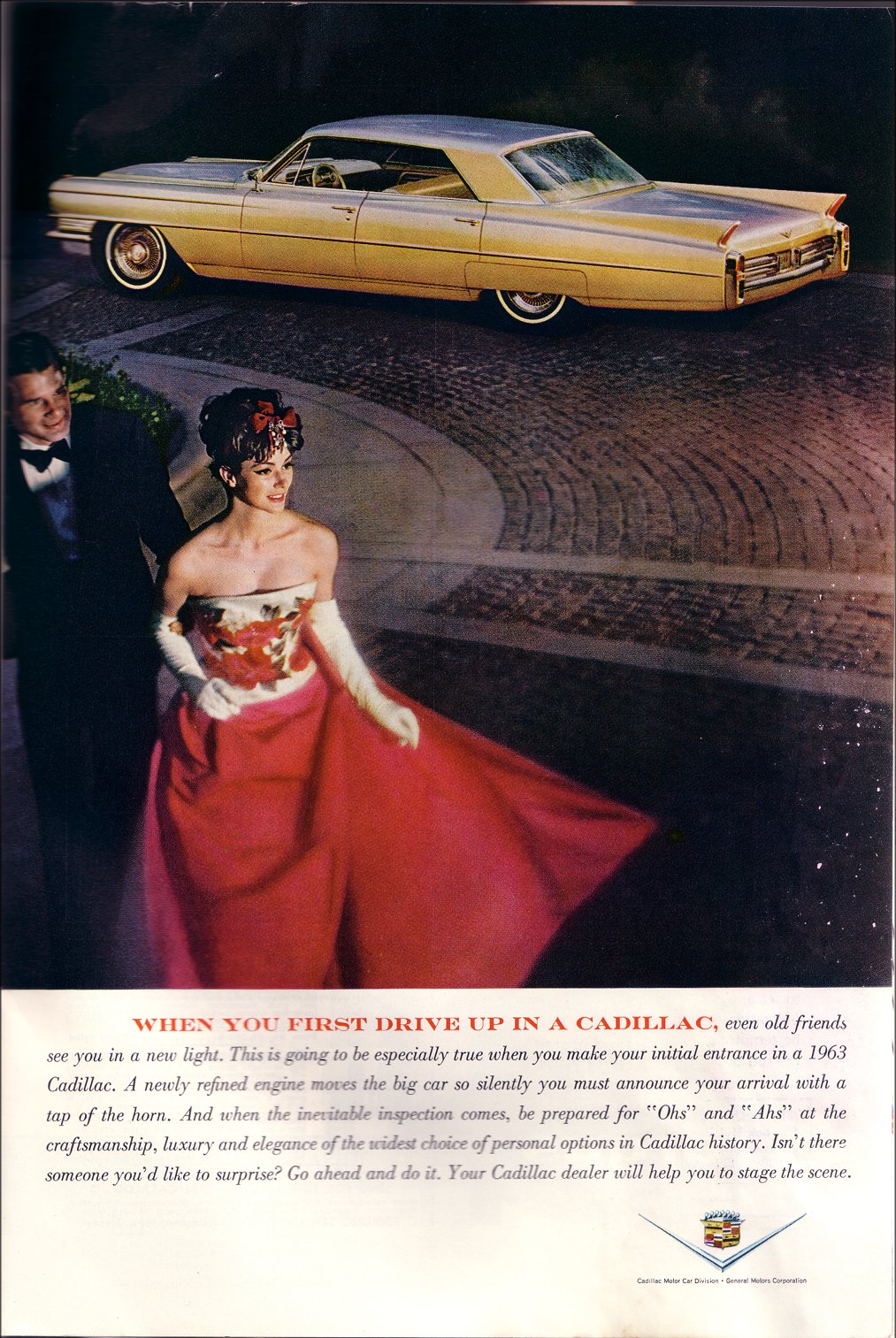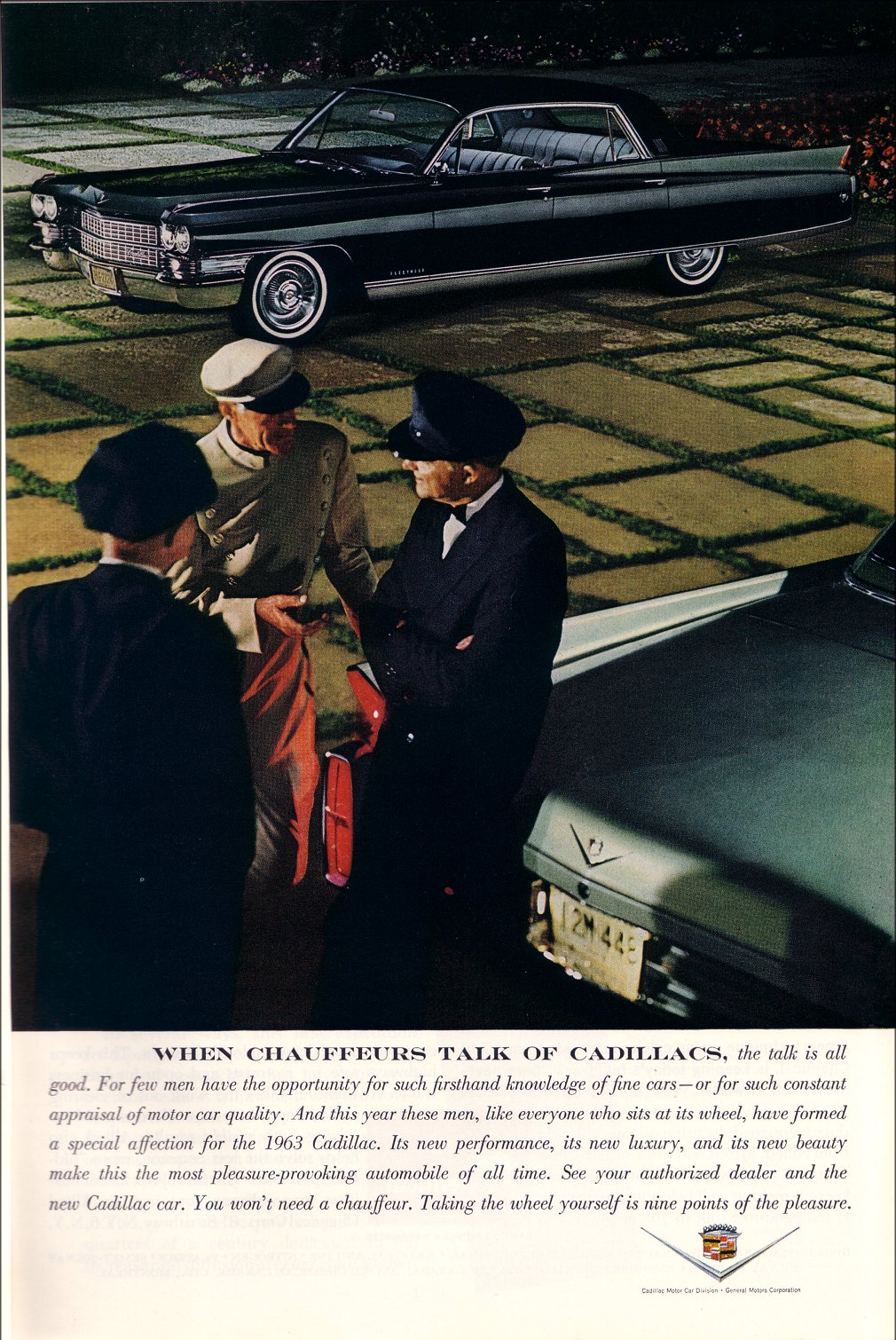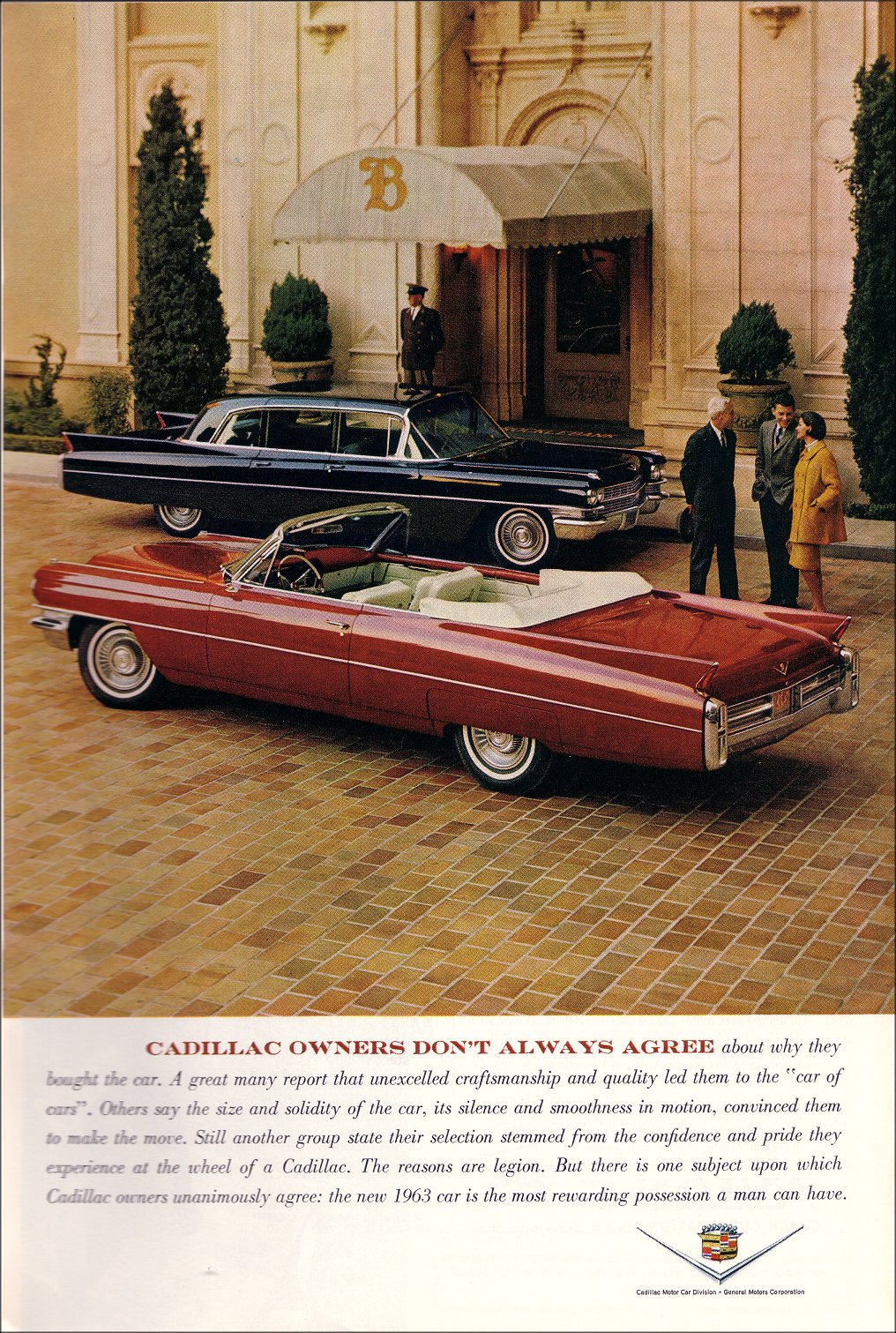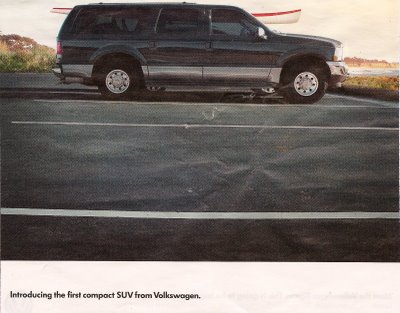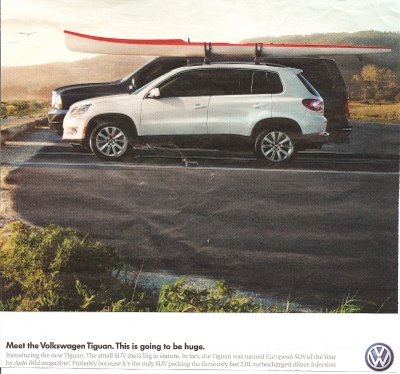Certain consumption choices have become badges of environmental consciousness, often to the exclusion of encouraging people to engage in other, less obvious lifestyle changes like, you know…maybe not buying so much stuff.
This tote bag, designed by a British activist group, came out last summer and became a fashion accessory:
According to this story from Time (which is also where I found the image),
…the bag was first introduced in Great Britain in April —Keira Knightley, Alicia Silverstone and singer Lily Allen were photographed carrying it, fashion magazines jumped on the trend, it was part of the Oscar swag, and before the bags hit the country’s Sainsbury grocery shops, supposed to be its primary retailer, a fanatic fashion following had taken root. The bags sold out immediately, with many turning up on eBay for hundreds of dollars. When 20,000 were released at 450 supermarkets across England, women got in line at 2 a.m. and had snapped up all of them by 9 a.m.
Soon enough, the controversy erupted…The Evening Standard revealed that the so-called green carriers were made in China, using cheap labor, and that the bag was neither organic nor fair trade.
Hindmarch responded that the message of We Are What We Do is that by changing the small things you do in everyday life you can make a large difference. Her company, she said, worked with a reputable supplier in China whose workers are paid double the minimum wage and that complies with Chinese Labor Law. And the bags were shipped by sea, and carbon credits were purchased to offset the environmental impact of production and transport.

